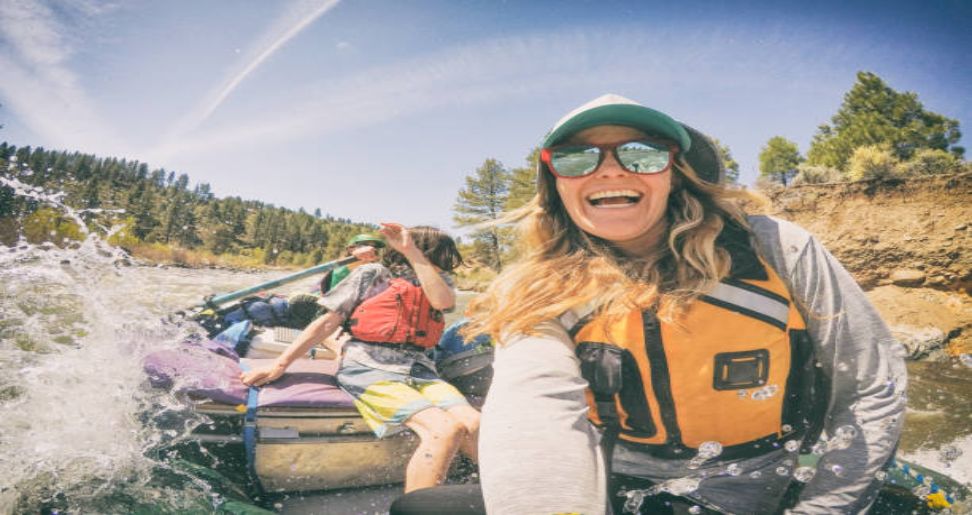Rafting is a thrilling sport that can give you an adrenaline rush. If you are someone who loves to live on the edge, White Water River Rafting Trips can be a great way to give yourself a boost. However, these trips do not need to be life-threatening to be enjoyable.
Here are some very effective tips that can help you become an expert rafter without putting your life in danger.
Choose the Right Rafting Trip for Your Skill Level
Before embarking on a rafting adventure, it is important to assess your skill level and choose a trip that matches your experience. Rivers are classified into different grades, ranging from Class I (easy) to Class VI (extremely dangerous). If you are a beginner, stick to Class I or II rapids, which are mild and provide a safer environment for learning.
As you gain more experience and confidence, you can gradually progress to higher-grade rapids. Additionally, consider joining a guided tour, especially if you are new to rafting, for invaluable support, safety briefings, and navigating safely through the river.
Wear Appropriate Gear
Wearing the right gear is critical to staying safe while rafting. A properly fitting life jacket is a non-negotiable must-have, regardless of your swimming ability. It should be worn at all times and securely fastened to prevent it from coming off during the trip.
In addition to a life jacket, wearing a helmet is essential, especially when navigating rocky or challenging waters. Depending on the weather and water temperature, you might also need a wetsuit or dry suit to keep warm.
Carry Sturdy Tools and Equipment for Safe Rafting
In addition to your gear, it is important to bring along sturdy tools and equipment designed for rafting. Items such as dock cleats, paddles, and ropes should be of high quality and suitable for the specific conditions you will encounter.
Ensure that your raft is in good condition, free of leaks, and equipped with safety features like grab lines and foot straps. Bringing along a patch kit and a spare paddle can also be useful in case of minor equipment failures.
Understand and Practice Proper Rafting Techniques
Knowing the right rafting techniques can help you stay safe and in control of the water. Before heading out, take the time to learn and practice essential skills, such as paddling, maneuvering the raft, and responding to commands from your guide.
Understanding how to position your body in the raft, how to avoid obstacles, and what to do if you fall out of the raft are all critical. If you are unfamiliar with these techniques, consider taking a rafting course or attending a pre-trip safety briefing.
Stay Hydrated and Well-Nourished
Rafting can be physically demanding, and it is important to stay hydrated and well-nourished throughout the trip. Dehydration can impair your judgment and increase the risk of accidents, so make sure to drink plenty of water before and during the trip.
Bring along easy-to-carry snacks, such as energy bars or nuts, to keep your energy levels up. Avoid alcohol or heavy meals before rafting, as they can affect your coordination and reaction times.
Also Read
- What Is Waist Trainer? What Are Some Best Waist Trainer?
- What Is The Best Reason To Ease Into An Exercise Program?
- How Long Should You Wait To Exercise After Tooth Extraction


